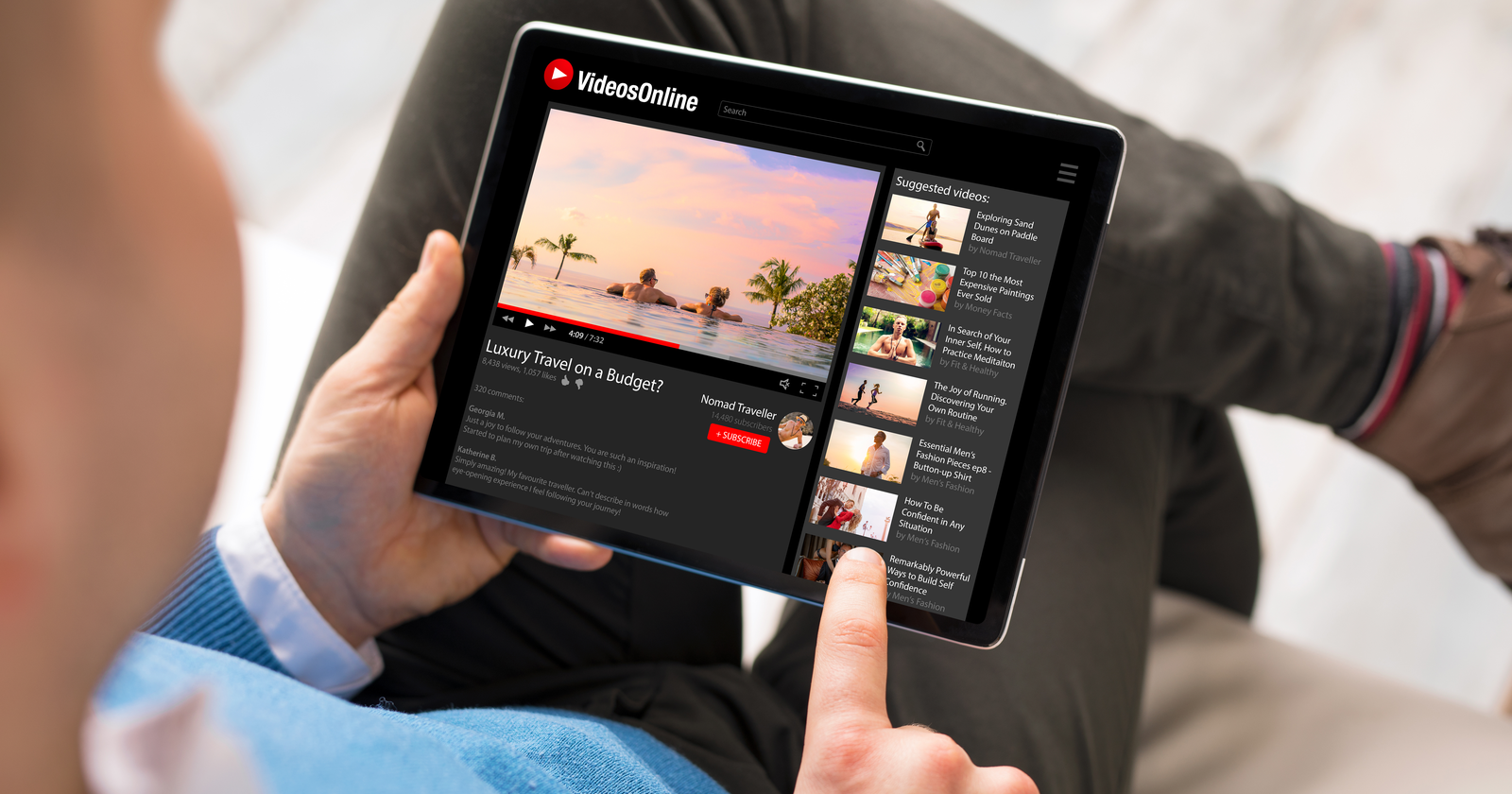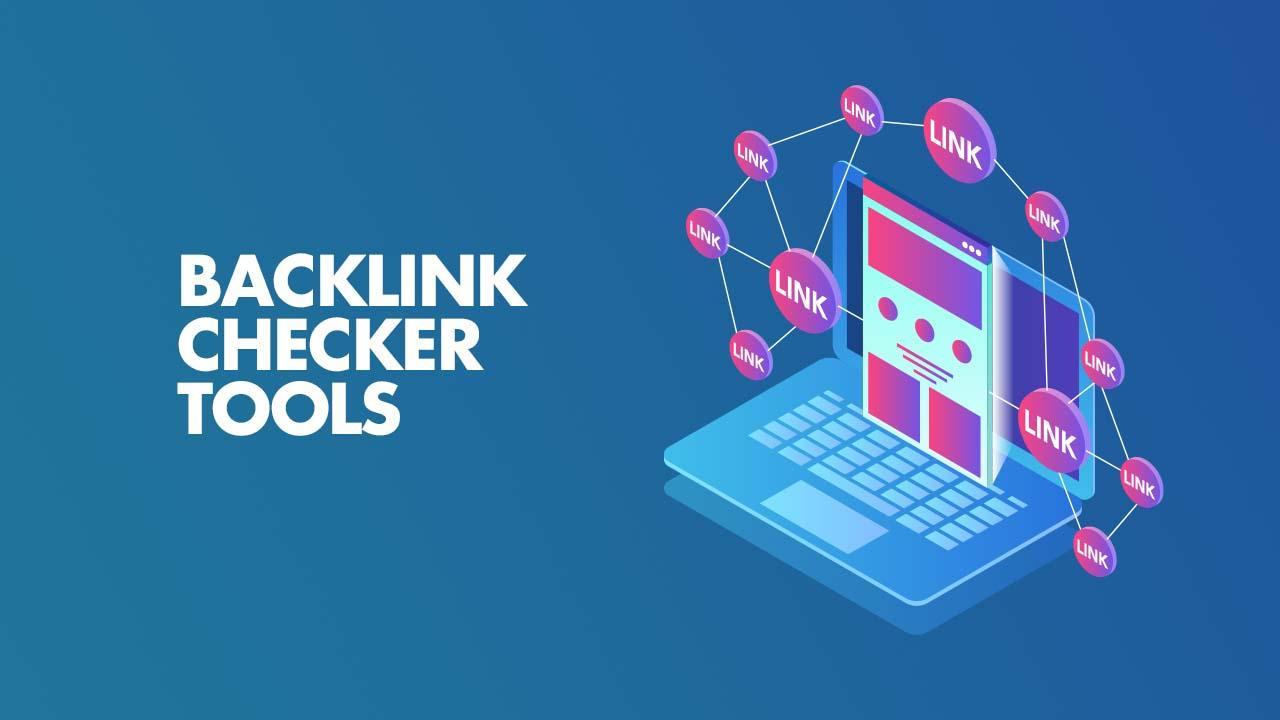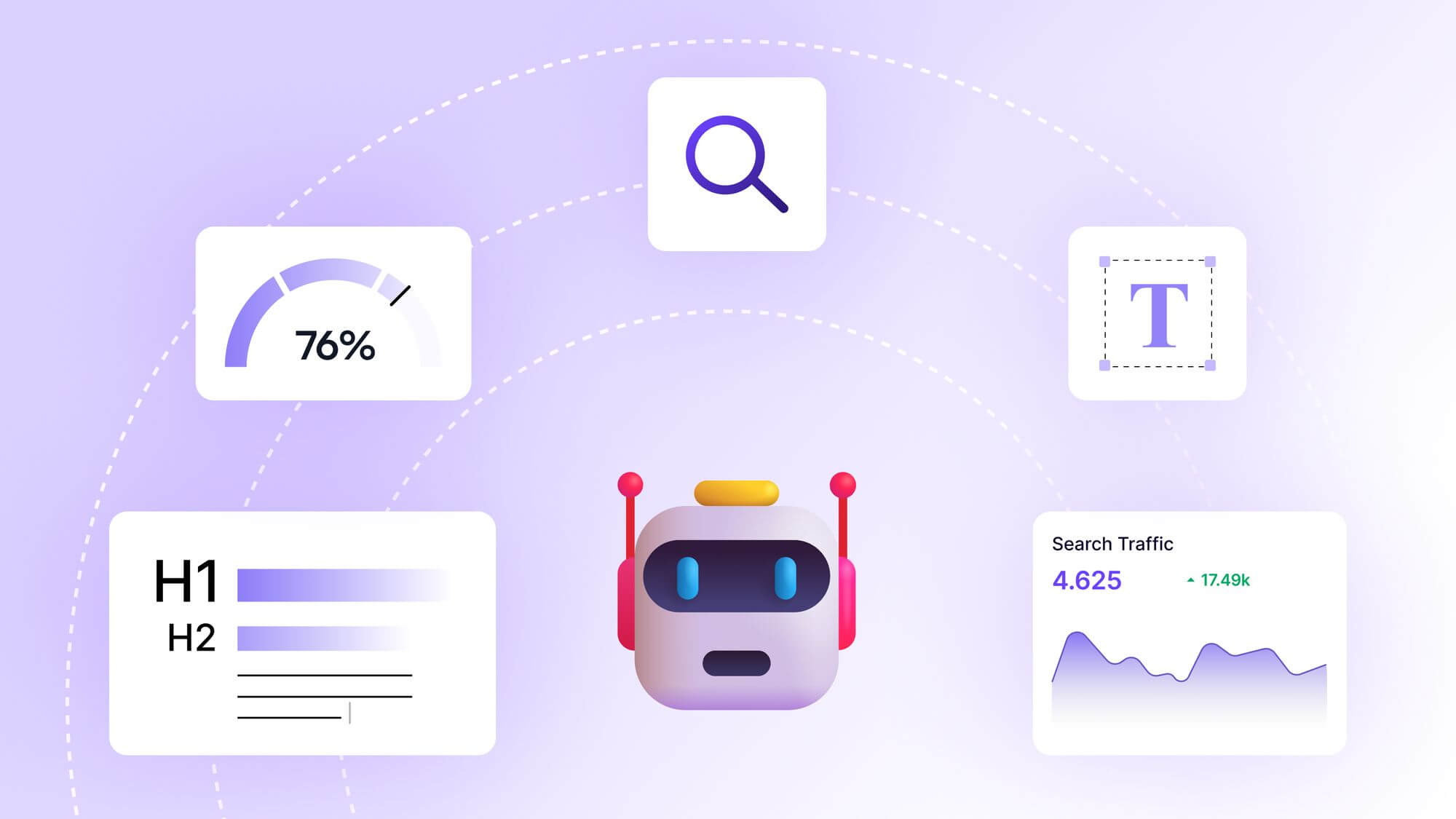
Mastering YouTube Success: How a Title Analyzer Can Skyrocket Your Video Rankings

Mastering YouTube Success: How a Title Analyzer Can Skyrocket Your Video Rankings
When I first started my YouTube channel, I poured my heart into creating videos—spending hours filming, editing, and polishing every frame. But despite my efforts, my videos barely got any views. I remember uploading a tutorial I was particularly proud of, only to see it languish with a measly 12 views after a week. Frustrated, I wondered what I was doing wrong. That’s when I stumbled across the concept of a YouTube title analyzer, a tool that promised to optimize my video titles for better rankings. It was a game-changer, and today, I’m sharing everything I’ve learned about how these tools can help you boost your channel’s visibility and engagement.
YouTube is a crowded space, with over 500 hours of video uploaded every minute. Standing out requires more than just great content—it demands strategy. Your video title is the first thing viewers (and YouTube’s algorithm) see, acting as a gateway to your content. A well-crafted title can mean the difference between a video going viral or fading into obscurity. This is where a YouTube title analyzer comes in, offering data-driven insights to craft titles that grab attention and rank higher. In this post, we’ll dive deep into what a YouTube title analyzer is, why it matters, how to use it effectively, and how it can transform your channel’s performance.
What Is a YouTube Title Analyzer?
Imagine you’re at a bookstore, scanning shelves for something to read. The book titles are your first impression—catchy ones draw you in, while vague or boring ones get skipped. YouTube titles work the same way. A YouTube title analyzer is a tool designed to evaluate and optimize your video titles based on factors like keyword relevance, searchability, clickability, and alignment with YouTube’s algorithm. Tools like TubeBuddy, VidIQ, and Morningfame analyze your title’s potential to rank well in search results and attract clicks.
These tools use data from YouTube’s search trends, competitor analysis, and viewer behavior to score your title and suggest improvements. For example, when I used TubeBuddy to analyze my tutorial video’s title, it flagged that my original title, “How to Edit Videos,” was too generic. It suggested adding specific keywords like “beginner” and “Adobe Premiere Pro” to make it more searchable. After tweaking it to “How to Edit Videos for Beginners in Adobe Premiere Pro,” my views jumped by 300% in a week.
Why Your Title Matters More Than You Think
Your video title isn’t just a label—it’s a marketing tool. YouTube’s algorithm prioritizes videos that align with what users are searching for, and your title is a key signal. A strong title does three things: it includes relevant keywords, sparks curiosity, and promises value. For instance, a title like “5 Secrets to Grow Your YouTube Channel Fast in 2025” is more likely to attract clicks than “YouTube Tips.”
But it’s not just about the algorithm. Viewers decide whether to click based on the title’s emotional pull. Words like “secrets,” “ultimate,” or “mistakes” trigger curiosity and urgency. I learned this the hard way when I titled a video “My Morning Routine” and got minimal engagement. After analyzing it with VidIQ, I changed it to “My Morning Routine to Boost Productivity (You’ll Wish You Knew Sooner!)” and saw a 50% increase in click-through rate.
How a Title Analyzer Works
You might be wondering how these tools know what makes a title “good.” Most YouTube title analyzers combine data analytics with user behavior insights. They evaluate your title based on several factors:
Keyword Strength: Tools like TubeBuddy scan your title for high-ranking keywords using data from YouTube’s search autocomplete and Google Trends. For example, if you’re making a video about vegan recipes, the analyzer might suggest including terms like “easy vegan meals” or “plant-based dinner ideas” based on search volume.
Length and Clarity: YouTube titles have a 100-character limit, but the sweet spot is 60–70 characters to ensure the full title shows in search results. Analyzers often flag titles that are too long or vague.
Competitor Comparison: Tools like Morningfame compare your title to similar videos, highlighting what top-ranking creators are doing right. This helped me realize that adding numbers (like “10 Tips” or “5 Hacks”) often outperforms generic titles.
Emotional Appeal: Some advanced analyzers, like those integrated with VidIQ, assess whether your title uses power words that evoke emotion or curiosity. For instance, swapping “Tips for Better Sleep” to “Life-Changing Hacks for Better Sleep” can make a big difference.
To test this, I ran one of my old titles, “Travel Vlog: Paris,” through a title analyzer. It scored poorly due to its lack of specificity and keywords. After tweaking it to “Ultimate Paris Travel Guide: Top 10 Must-See Spots in 2025,” the analyzer gave it a high score, and the video’s ranking improved significantly.
Choosing the Right Title Analyzer Tool
Not all title analyzers are created equal. Some are free, while others require a subscription, but they all offer unique features. TubeBuddy, for instance, integrates directly with YouTube’s dashboard and provides real-time keyword suggestions. VidIQ offers a robust free version with title scoring and competitor analysis, while Morningfame focuses on niche-specific insights for smaller channels. I’ve used all three, and each has its strengths.
When choosing a tool, consider your channel’s size and goals. If you’re just starting out, a free tool like VidIQ’s basic plan is a great entry point. For more established creators, TubeBuddy’s Pro plan offers advanced features like A/B testing for titles. Always check user reviews on platforms like Trustpilot to ensure the tool is reliable. I learned this after wasting time on a lesser-known tool that gave generic suggestions and crashed frequently.
Step-by-Step Guide to Using a Title Analyzer
Let’s walk through how to use a title analyzer to optimize your next video title. For this example, I’ll use TubeBuddy, but the process is similar across most tools.
Enter Your Draft Title: Start by typing your initial title idea into the analyzer. Let’s say you’re creating a video about home workouts, and your draft title is “Workout at Home.”
Run the Analysis: The tool will score your title (usually out of 100) and highlight areas for improvement. For “Workout at Home,” TubeBuddy might give a low score due to its generic nature and lack of keywords.
Incorporate Keywords: Use the tool’s keyword suggestions. For home workouts, it might recommend “home workout for beginners” or “no-equipment home workout.” These are based on what people are actually searching for.
Add Emotional Triggers: Modify the title to include words that grab attention. Instead of “Home Workout for Beginners,” try “10-Minute Home Workout for Beginners to Get Fit Fast.”
Check Length and Clarity: Ensure the title is concise and under 70 characters. If it’s too long, trim unnecessary words. For example, “10-Minute Home Workout to Get Fit Fast” is punchy and clear.
Test and Refine: Some tools allow you to test multiple titles. I once tested “Easy Yoga for Stress Relief” against “5 Yoga Poses to Melt Stress in 10 Minutes.” The latter got a higher score and performed better in views.
After applying these steps to my videos, I noticed a consistent uptick in impressions and clicks. It’s like giving your video a megaphone in a crowded room.
Common Mistakes to Avoid
Even with a title analyzer, it’s easy to slip up. One mistake I made early on was keyword stuffing—cramming too many keywords into a title, making it sound unnatural. For example, “Best Easy Vegan Recipes Healthy Plant-Based Meals” is clunky and turns viewers off. Analyzers will flag this, but it’s tempting to overdo it.
Another pitfall is ignoring your audience’s language. If your viewers are beginners, a title like “Advanced SEO Strategies for YouTube” might scare them away. Use your analyzer to find terms that resonate with your niche. Lastly, don’t rely solely on the tool—use your creativity to add personality. A title like “How to Bake a Cake” might score well for keywords, but “Bake a Show-Stopping Cake in Under an Hour” feels more human and engaging.
Advanced Tips for Maximizing Title Impact
Once you’ve mastered the basics, you can take your titles to the next level. One trick I learned from top creators is to study trending topics. Tools like Google Trends can show you what’s hot in your niche, which you can then feed into your title analyzer for tailored suggestions. For example, during the 2025 fitness boom, I used trending terms like “micro-workouts” to craft titles that rode the wave of popularity.
Another pro tip is to pair your title with a compelling thumbnail. A title analyzer can optimize your text, but if your thumbnail doesn’t match the vibe, viewers might skip it. For instance, my “Ultimate Paris Travel Guide” title worked best with a vibrant thumbnail of the Eiffel Tower at sunset.
Finally, don’t forget to update old video titles. YouTube allows you to edit titles without losing views, and running them through an analyzer can breathe new life into underperforming content. I revived a year-old video by changing its title from “Budget Travel Tips” to “10 Budget Travel Hacks to Save Thousands in 2025,” and it doubled in views within a month.
The Bigger Picture: Titles as Part of Your Strategy
A title analyzer is powerful, but it’s not a magic bullet. Your title is just one piece of the puzzle. To truly boost your rankings, combine optimized titles with high-quality content, engaging thumbnails, and consistent uploads. Tools like YouTube Studio can help you track how your titles impact metrics like click-through rate and watch time, which are critical for long-term success.
I also recommend studying successful channels in your niche. For example, when I analyzed top fitness channels, I noticed they often used titles like “5 Mistakes You’re Making at the Gym” or “Transform Your Body in 30 Days.” Running similar titles through my analyzer helped me mimic their success without copying.
FAQ: Your Burning Questions Answered
What’s the best free YouTube title analyzer?
VidIQ’s free plan is a fantastic starting point for beginners. It offers title scoring, keyword suggestions, and basic competitor analysis. TubeBuddy’s free version is also solid, especially for its browser integration. Both tools provide enough value to improve your titles without spending a dime. If you’re on a budget, start with VidIQ and upgrade as your channel grows.
Can a title analyzer guarantee my video will rank #1?
No tool can guarantee a #1 ranking, as YouTube’s algorithm considers multiple factors like watch time, engagement, and content relevance. However, a title analyzer significantly increases your chances by optimizing for searchability and clickability. Pair it with strong content and consistent optimization across thumbnails and descriptions for the best results.
How often should I use a title analyzer?
Use a title analyzer for every new video to ensure it’s optimized from the start. You can also revisit older videos to update titles, especially if they’re underperforming. I make it a habit to run titles through an analyzer before publishing and periodically check my channel’s analytics to see if older titles need a refresh.
Do title analyzers work for small channels?
Absolutely. In fact, small channels benefit the most because they need every edge to compete with bigger creators. Tools like Morningfame are specifically designed for smaller channels, offering niche-specific insights that help you stand out in a crowded market.
Are there risks to over-relying on title analyzers?
Yes, over-reliance can make your titles sound robotic or generic. While analyzers provide data-driven suggestions, they don’t always capture your unique voice or audience’s preferences. Use the tool as a guide, but infuse your personality to keep titles authentic and engaging.
Conclusion: Your Path to YouTube Success
Crafting the perfect YouTube title is both an art and a science. A title analyzer takes the guesswork out of the equation, giving you data-backed insights to create titles that rank higher and attract more clicks. From my own journey, I’ve seen how a simple tweak—like adding a power word or a trending keyword—can transform a video’s performance. Whether you’re a beginner or a seasoned creator, tools like TubeBuddy, VidIQ, and Morningfame can help you navigate YouTube’s competitive landscape with confidence.
To get started, pick a free tool like VidIQ and run your next video title through it. Experiment with keywords, test different variations, and pair your title with a thumbnail that pops. Don’t be afraid to revisit older videos and optimize their titles—sometimes, a small change can unlock big results. Most importantly, keep creating content that delivers value to your audience. A great title gets them in the door, but it’s your content that keeps them coming back.
So, what’s stopping you? Grab a title analyzer, craft your next viral title, and watch your channel soar. Your audience is out there waiting—give them a reason to click.






